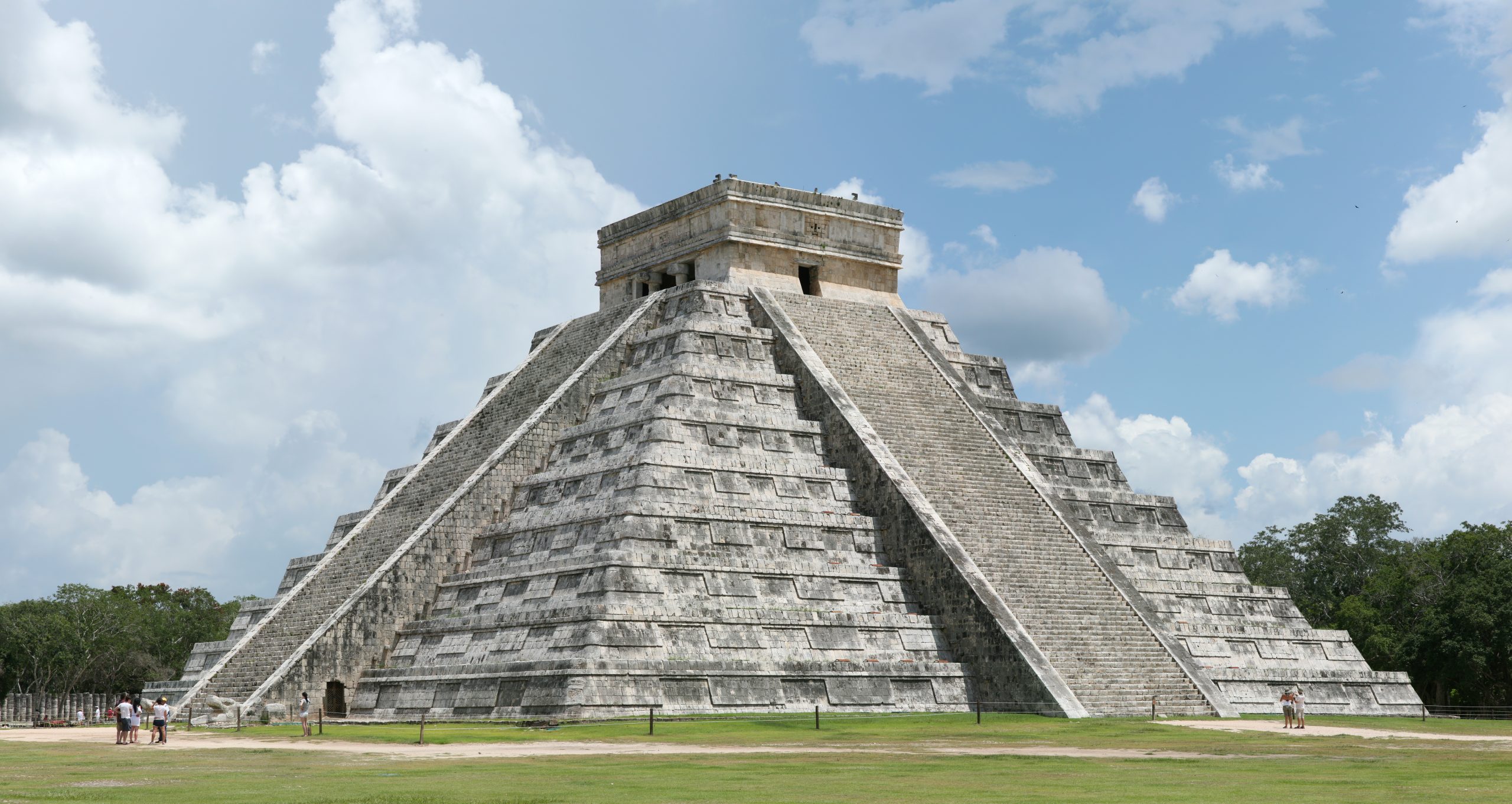The Maya Empire, once flourishing in present-day Guatemala and extending into modern Mexico, was renowned for its expertise in various fields such as mathematics, agriculture, language, art, architecture, and astronomy. However, despite its cultural advancements, the Maya civilization mysteriously collapsed within a few hundred years of reaching its peak in the sixth century C.E.
One significant factor believed to contribute to the downfall of the Maya was a prolonged period of drought, leading to internal conflicts among city-states and external pressures from neighboring groups. While some theories suggest the overuse of resources like maize or widespread slash-and-burn agriculture, these explanations have limitations. Maize was essential to many civilizations, and slash-and-burn techniques were common across the Americas, making them unlikely sole causes for the Maya collapse.
The Maya demise serves as a cautionary tale about the delicate balance between human civilization and environmental sustainability, highlighting the potential consequences of environmental degradation and climate change on complex societies.
Scientists attribute the downfall of the Mayan Empire to deforestation, which altered the climate, causing higher temperatures and less rainfall. This led to a prolonged drought lasting nearly a century. Alongside unsustainable farming methods, this environmental change resulted in food and water shortages, forcing Maya inhabitants to abandon their cities in search of resources.
Descendants of the Maya still reside in Mexico and Central America, with many dispersed worldwide. Researchers continue to study their ancient civilization, drawing valuable insights into sustainable farming practices. By learning from the past, we can prevent similar large-scale disasters in the future.
Why does cutting down a forest matter so much?
It’s all about how plants and the atmosphere interact. Dark plants, like dense tropical forests, soak up a ton of sunlight. On the other hand, lighter-colored plants, such as crops, reflect some of that sunlight back into space. When a forest gets replaced by lighter plants, more sunlight bounces off the land, cooling the atmosphere.
With a cooler atmosphere, the air sinks instead of rising. Plus, for rainstorms to form, warm, unstable air needs to rise and mix with water vapor. But if the air stays cool, rainstorms become less frequent. This change in weather patterns is illustrated in the middle image.
Avid Writer with invaluable knowledge of Humanity!
Upcoming historian with over 30 million views online.
“You make your own life.”






